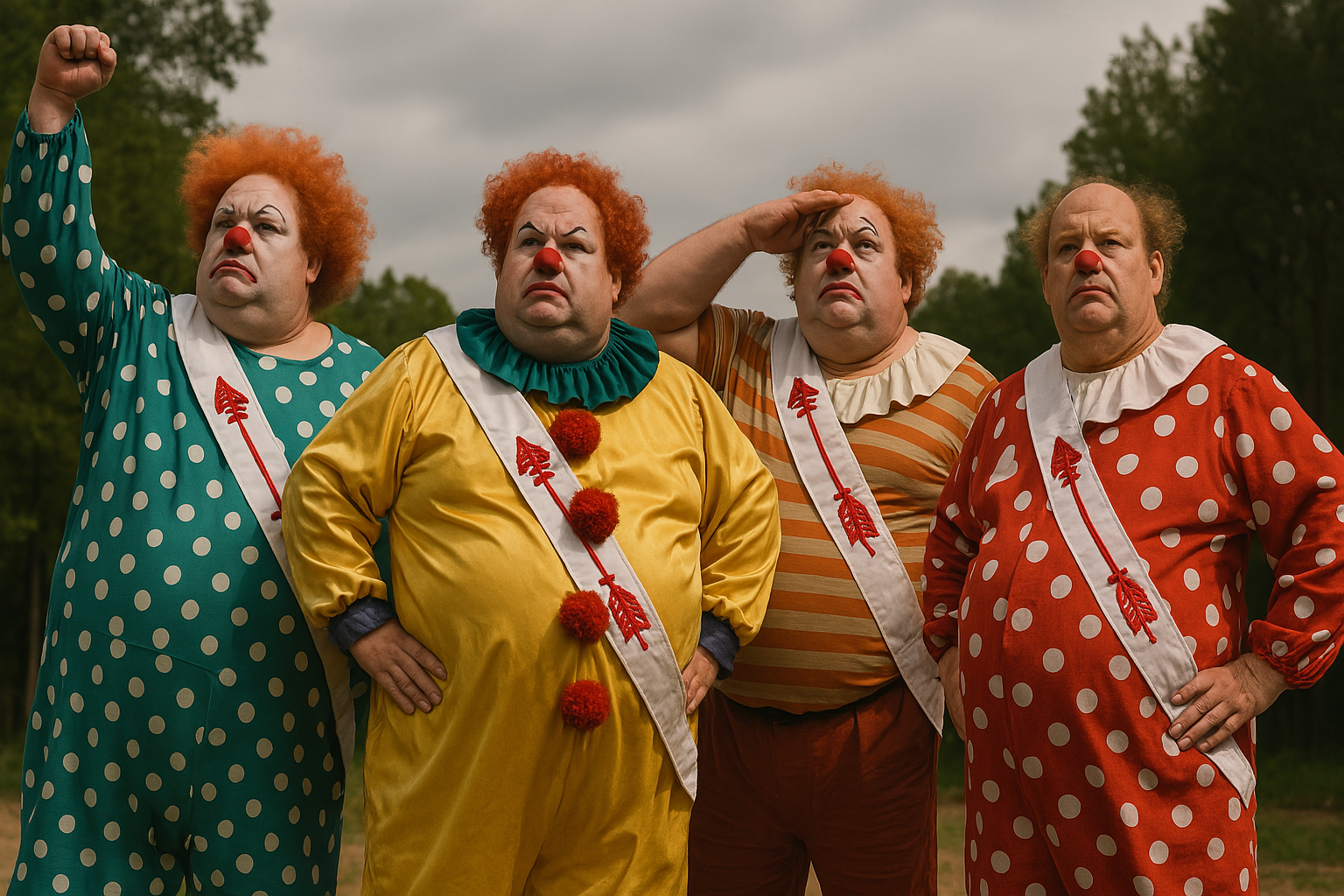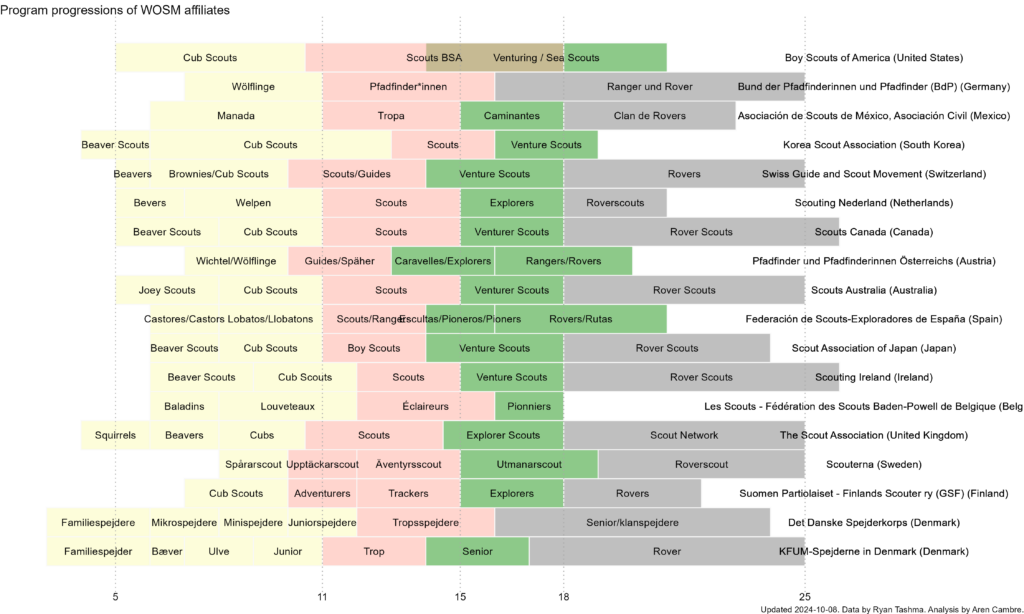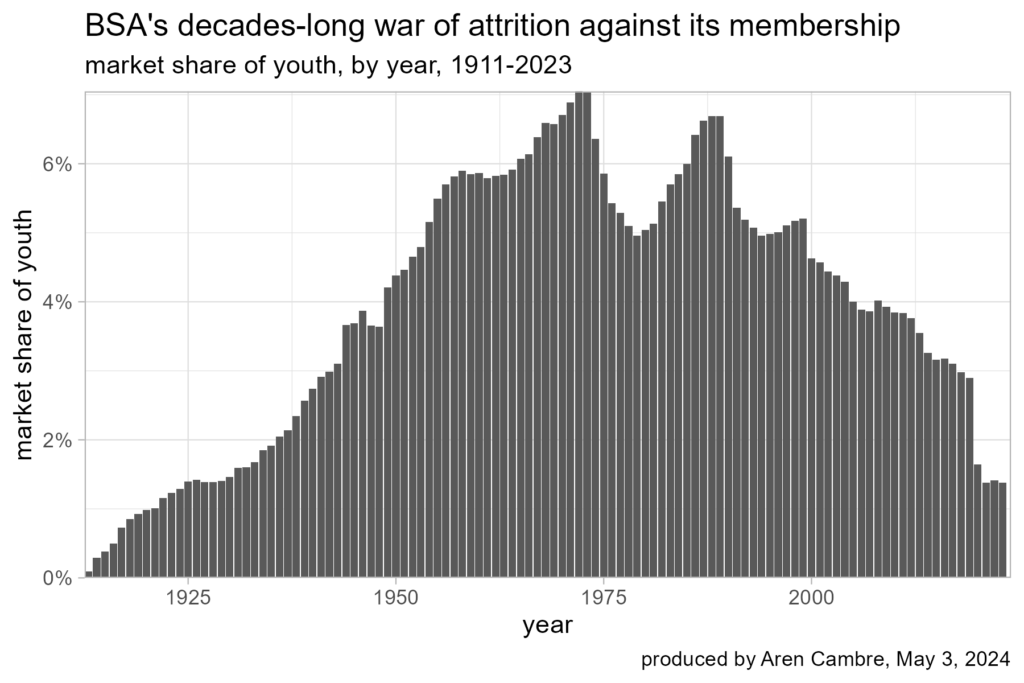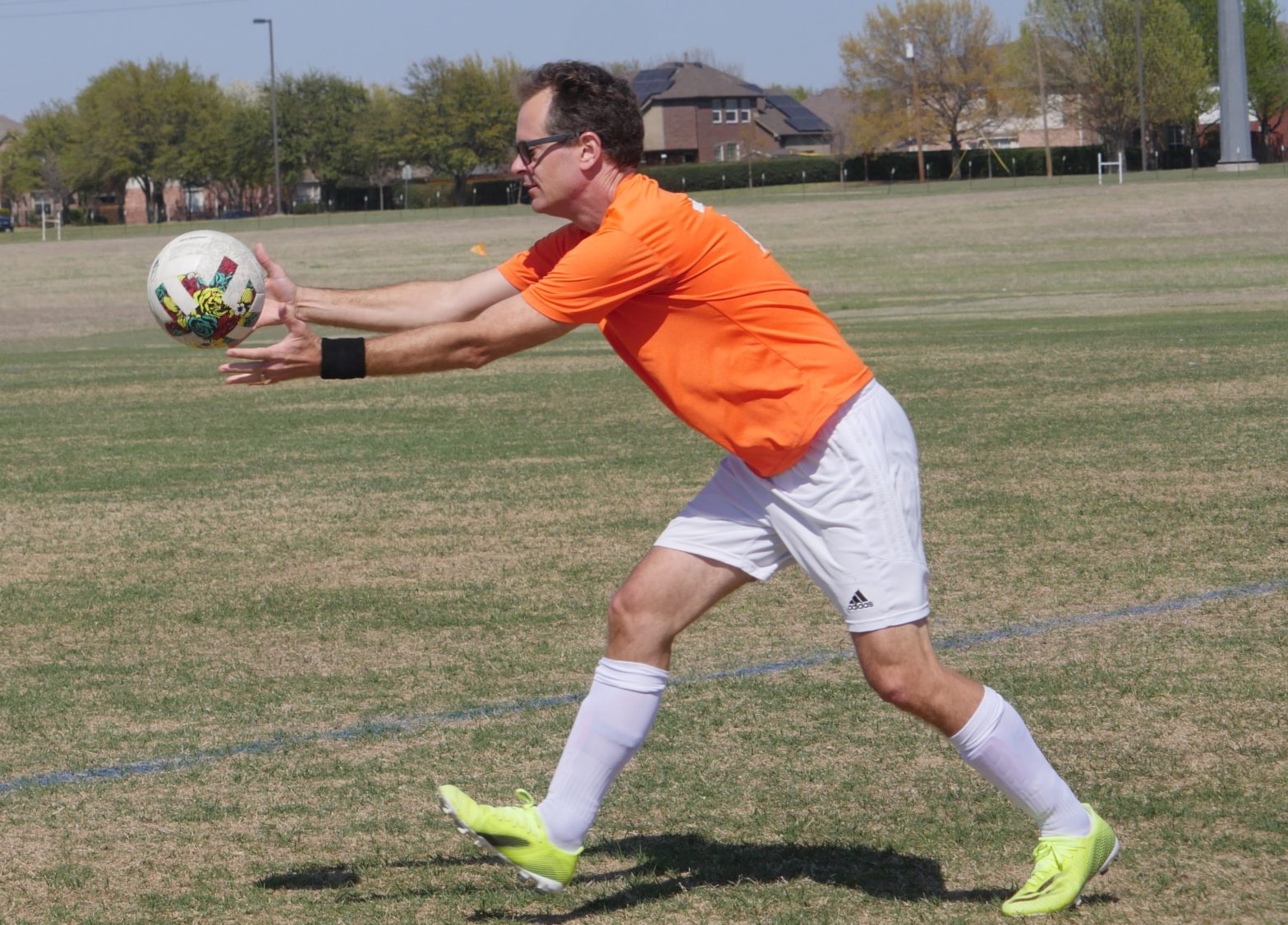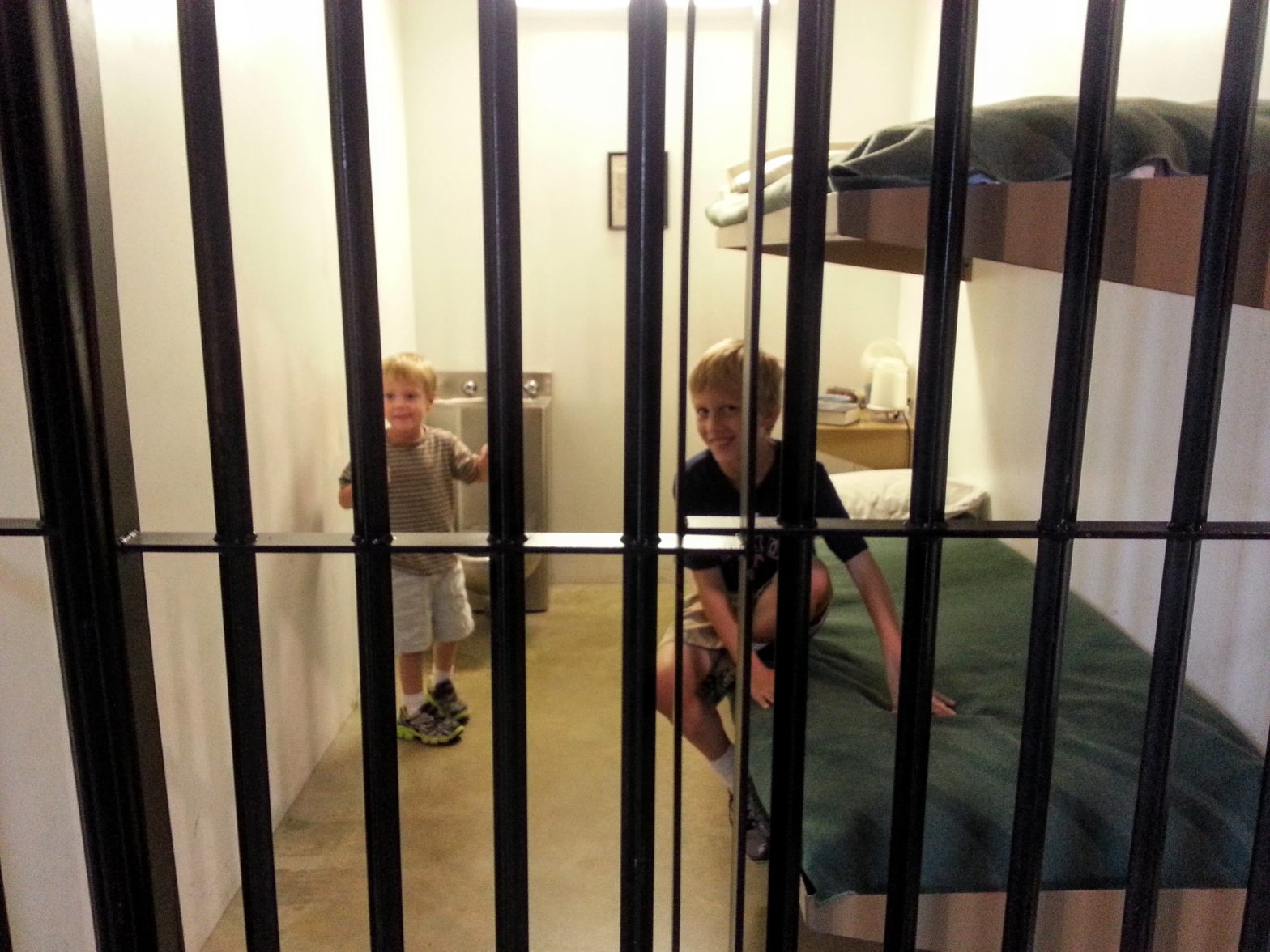In December 2024, the Order of the Arrow (OA) released its 2025-2027 business plan. This is OA’s latest drop in a reform plan where it claims it will abandon 110 years of cultural theft. In OA’s new world, it sees itself as a retention tool for high school-aged youth.
OA’s plan is improper. It is not ending cultural theft. Also, its new direction simply prolongs Boy Scouts of America’s (BSA) 115-year-old, weird, failed experiment at retaining high schoolers.
It is time to pivot to a positive, rational vision. In Move Forward: Save Scouting, BSA addresses its retention problem with improved programs. This makes OA’s new direction obsolete–with better programs, there is no need for an “extra”, like OA, to aid retention.
OA’s has some beneficial elements. These should be repurposed. The rest of OA, especially its racist legacy, must be abandoned.
OA’s inadequate plan: papering over the babysitting regime
OA’s latest proposal papers over BSA’s failed approach to older-youth engagement.
For 115 years, BSA has maintained a weird belief that it can retain high-school youth by saddling them with babysitting chores. Justifying this, BSA perpetuates a a false narrative that babysitting duties are leadership.
BSA knows its babysitting regime is a failure. That’s why it uses shiny objects to distract older youth from babysitting chores. These shiny objects are high adventure, camp staff, and OA. While high adventure and staff are valuable opportunities, once done, the high schooler returns to babysitting chores.
Despite 115 years of this experiment–the babysitting regime and shiny-object distractions–BSA’s “older boy youth problem” is as bad as ever. The experiment failed! Older youth remain infantilized, and their retention is as poor as always.
Instead of helping retention, OA’s strategy is to perpetuate BSA’s babysitting regime. Instead of more of the same, BSA needs to modernize its programs. This makes OA’s vision obsolete. (More below.)
OA still cannot be trusted
OA’s is unwilling to genuinely reform or move away from key aspects of its racist legacy of tribal mockery.
First, I need to clarify the best-known parts of OA’s tribal mockery:
- Ceremonies: This refers to the pretendian parodies OA uses for its core rites, like the call-out ceremony seen at camporees and summer camps.
- AIA: This is “American Indian Activities”, allegedly authentic employment of tribal culture. Rarely done under tribal supervision, almost all AIA is cultural theft.
Secret tribal agreements
Starting January 1, 2026, OA’s American Indian Activities (AIA) must occur under supervision of a Native American tribe. However, OA permits undisclosed tribal agreements that nobody will verify.1 This wink to cultural thieves aligns with OA’s longstanding problems with secrecy.
Once you’re in OA long enough, you’ll hear fairy tales about some mysterious Native American who, decades ago, locally “blessed” use of indigenous culture. This fairy tale was shared decades ago when I was a youth, more decades ago in my parents’ generation, and I still get reports of it!
If you seek specifics, you find Canadian girlfriends: “I wish you could meet my Canadian girlfriend, But you can’t because she is in Canada.”2

Given OA’s 110 years of cultural theft and dishonesty about its intent to change (keep reading this article), there’s no reason to believe that OA at its word. Secret agreements cannot be distinguished from endemic Canadian-girlfriend fairy tales.
Taking 4 years to rewrite children’s fantasy fiction (ceremonies)
Still unaddressed is the worst part of OA’s tribal mockery, the ceremonies. This includes the ceremony that most Scouts aged 10 and up eventually see–the call out–and ceremonies only viewed by insiders, such as those relating to Ordeal, Brotherhood, and Vigil.
These ceremonies are just children’s fantasy fiction. They are based on a fake legend. Their inauthenticity, combined with how they so tackily steal Native American culture, renders these ceremonies open mockery of tribes. (Did you know OA founder E. Urner Goodman regretted that the ceremonies’ lies filled the minds of youth, displacing accurate history of tribes?)
Allegedly, OA is rewriting these ceremonies to remove the mockery of tribes. But this lacks credibility.
First, this rewriting started in fall 2021. As of press time, the rewriting has been going on for 3.5 years. Allegedly, they will be released in July 2025. That’s almost four years!
It does not take 4 years to revise children’s fantasy fiction! In my spare time, I could define new themes in a few evenings and churn out revised scripts in three more weeks. One month! But OA needs 48 months?
Even worse, around two years ago, a group led by the founder of OA’s elangomat system offered the OA fully revised ceremonies, freed of cultural theft. OA’s response? Pound sand.
OA, where’s these theft-free ceremonies? You have nothing to show after 3.5 years?
Still recommending cultural theft in costumes
In the 1950s through the 1970s, the United States ended racist polices of ethnic cleansing and forced assimilation of Native Americans, pivoting to tribal self-determination.
The idea that it’s ethically sound for anyone to use and remix tribal customs assumes all tribes are eradicated. In that dystopia, no tribes exist to own their own customs. Tribal self-determination reverses this. As an essential sign of respect, it’s crucial to defer to tribes on all matters regarding their own customs.
Over 50 years after this pivot, OA still recommends mocking tribes with cultural theft. For example, when acting out its phony legend in ceremonies, OA recommends actor play Indian in “American Indian attire”. Yes, recommends: redface cosplay is the first recommendation in a list. There are no qualifiers beyond weak “should” language that lodges may freely ignore.
This language could have been updated years ago. That it’s still present in mid-2025 speaks volumes.
Truck-sized hole: keep all the stolen, parody names!
Even worse are the names. The part of OA experienced by nearly all members are operations of local councils, called lodges. The vast majority of lodge names appears to be words thieved from Native American languages. Even then, some of these are in fact not thieved, instead gibberish parodies of indigenous language. Few lodge names use non-indigenous words. While some lodge uses of indigenous words could be pursuant to a tribal agreement, I expect vanishingly few to fall under this category–why bother when cultural theft is endemic–and it’s difficult to verify due to OA’s secret tribal agreements. (Note: Councils are divided into districts, and councils generally use district boundaries to divide lodges into chapters. Like lodges, chapter names are also typically stolen indigenous words or gibberish.)
Per OA’s National AIA Transition Plan and Timeline, “[t]here are no changes required to lodge or chapter names“!
This. Is. Huge!
Let’s explore the power of names:
- “A name pronounced is the recognition of the individual to whom it belongs. He who can pronounce my name aright, he can call me, and is entitled to my love and service.” -Henry David Thoreau3
- “Remember that a person’s name is to that person the sweetest and most important sound in any language.” -Dale Carnegie4
- “Proper names are poetry in the raw. Like all poetry they are untranslatable.” -W. H. Auden5
- “The beginning of wisdom is to call things by their proper name.” -Confucius6
- “Your name is your brand, and your brand is your reputation. Protect it wisely.” -Richard Branson
Your name is your essence, your brand. Your name defines you in crucial ways. It is the first verbal way people experience you, your front door.
When an organization’s name evokes a theme, that theme is tied to the organization.
OA’s own names cements its continued commitment to Native American parody and tribal mockery!
A recent example: Onerahtokha Lodge
In fall 2024, a new lodge was formed in Virginia, Onerahtokha Lodge. Onerahtokha is a Mohawk word7, meaning the time of budding. Contemporarily, it also refers to the month April8. It’s can be a name.9
Did this lodge get permission to use “onerahtokha”? Unlikely. Again, given OA’s pattern, it’s reasonable to assume the word is stolen. Onerahtokha Lodge has never advanced a case that it sought permission.
The St. Regis Mohawk Tribe would be the only Mohawk people10 that meets OA’s standard for a Mohawk tribe that a lodge may work with.11 I have asked St. Regis’s public relations staff for comment. As of press time, they have only acknowledged my inquiry and shared that I am one of several asking them, but they did not provide evidence of collaboration. (I do not blame them! Several Native Americans and their allies have cautioned me that tribes may have little desire to work with an organization defined by a century of cultural theft. If the St. Regis Mohawk Tribe responds, I’ll update this article.)
I also note that the historic territory of the Mohawk people appears to be well north of this lodge.
Altogether, we have no basis to even suspect that this lodge’s use of “onerahtokha” is morally sound.
What’s jarring is national knew about this!12 OA’s Eastern Region Merger Team, part of the national organization, guided this lodge’s formation. Certainly OA’s national representatives would have been aware of OA’s prevailing guidance, released in December 2023: “For OA lodges using or planning to use American Indian traditions—but not yet engaging with local tribal leadership—the national OA committee expects them to establish these relationships before proceeding with existing or new programs.”13 It’s hard to see how stealing a word from a distant tribe meets the spirit of this guidance.
Onerahtokha Lodge, if I am wrong, if you gained permission from a tribe to use this word, you’re invited to show the receipts. I’ll happily celebrate that here.
For more fun, look at one of this lodge’s chapter names: “Shawanogi”. A Shawnee word meaning “Southerners”, Westerners corrupted it to “Shawnee”, which became the tribe name.14 Did this lodge get permission from the Shawnee Tribe to use its word?15
OA is not stopping cultural theft
Let’s recap:
- OA lodges and chapters will retain names that are stolen or spoofed indigenous words.
- OA’s four-year timeline to rewrite its children’s fantasy fiction is absurd, with no public results.
- OA allows secret tribal agreements that nobody can verify.
With these, OA makes clear that it will not stop its theft of indigenous culture.
OA unravels without its cultural theft
OA’s cultural theft papers over that OA makes little sense.
OA’s original raison d’etre was to bring “outstanding campers with the service spirit … into a fellowship to improve and further camping.”16
OA’s scope has crept badly, where today’s OA is a hodgepodge of additional, unrelated activities–camp promotions, redface cosplay, and high-school-oriented activities, and high-school-level leadership training.
OA uses its children’s fantasy fiction–the fake legend–to fill in for its absent raison d’etre. A false religion, this children’s fantasy fiction is essentially a Western riff on indigenous, animist spirituality, expressed through noble-savage parodies of Native Americans. With the children’s fantasy fiction, OA creates a sense of woo-woo, providing a faux-spiritual sense of connection that transcends OA’s incoherence.
If OA left behind its 110 years of cultural theft, the woo-woo goes away. Without that woo-woo, OA’s incoherence is no longer masked. When people realize the emperor has no clothes, OA unravels.
A better plan: abolish OA, repurpose some of it
Let’s get back to OA’s new vision, which is papering over BSA’s poor program design. BSA instead needs to modernize. This mainly means improving its main programs so that they are relevant to today’s middle schoolers, high schoolers, and young adults. Once that is done, OA’s new mission is obsolete.
Also, per above and per my prior update, OA is unrepentant, refusing to move past its shameful legacy.
OA has one morally straight path forward: abolishment. We can salvage OA’s useful parts towards proper ends in line with Move Forward: Save Scouting. This means:
- End all Native American-themed programming in BSA. OA’s Native American-themed programming is almost entirely cultural theft, for OA’s profit.17 Going forward, BSA respects tribal ownership of their own customs and rejects the white-savior trope that tribes depend on, benefit from, or are expected to appreciate outsiders thieving their culture. Those interested in exploration of Native American culture, beyond the Indian Lore merit badge (which is the product of a good collaboration!), must instead collaborate directly with tribes or participate in powwows. (Note: Council or unit activities conducted in collaboration with local tribes are are fine. So are episodic national activities that support other programs. But formal, enduring, nationwide-scope activities that use Native American culture must end.)
- Discontinue OA’s camp promotions. These were always dumb, just dispassionate youth going through the paces. I did them as a kid, and I’ve seen them as an adult. They have no value.
- Transition all local, section, and national OA events, OA training programs, and OA officers to Venturing. OA’s events are oriented towards high schoolers. They will be continued under Venturing, led by Venturing Officers Associations. In some cases, they will be new-to-Venturing events. For example, I suspect OA’s section conclaves will transition to Venturing territory events. In other cases, their strengths will be merged with existing programs, especially on the council level. High-school-aged OA officers will find new homes on council, territory, and national VOAs.
- Transition all young-adult officers and members to a new Rovers program. They will have ground-level opportunities to kickstart a new Scouting opportunity for post-high-school through age 25.
- Transition camp service to a new society. This new society will be freed of cultural theft and OA’s woo woo. It will be open access, no longer gated by a popularity contest. The society may or may not be formal or governed on a national level; it could just be a brand that local and national-high-adventure service activities run under.
Ironically, creating a new service society fulfills the original goal of Order of the Arrow:
[OA’s] purpose, as a Local Council activity, was to single out, from various Troops, outstanding campers with the service spirit, and bring them into a fellowship to improve and further camping.
William D. Murray18, The History of the Boy Scouts of America, Boy Scouts of America, 1937, p. 386 (emphasis added)
With these changes, OA will make the ultimate gift to the movement, realizing its original goal while helping assure Scouting’s future.
Footnotes
- Per OA’s National AIA Transition Plan and Timeline, agreements are fully managed by councils. Nobody outside of councils reviews the agreements. Councils simply check a box on a form each year to signify whether an agreement exists. ↩︎
- This is a line from “My Girlfriend, Who Lives in Canada“, a song from the Avenue Q musical. ↩︎
- https://www.thoreau-online.org/a-week-on-the-concord-and-merrimack-rivers-page137.html ↩︎
- https://www.goodreads.com/quotes/1398947-remember-that-a-person-s-name-is-to-that-person-the ↩︎
- https://www.goodreads.com/quotes/9503096-proper-names-are-poetry-in-the-raw-like-all-poetry ↩︎
- https://www.goodreads.com/quotes/106313-the-beginning-of-wisdom-is-to-call-things-by-their ↩︎
- https://x.com/chiefswood/status/1247508092373340160 ↩︎
- https://ecampusontario.pressbooks.pub/mohawklanguageresource/chapter/days-months/ ↩︎
- https://www.concordia.ca/cunews/offices/advancement/2021/04/19/onerahtokha-karlie-marquis-named-executive-director-of-mohawk-council-of-kahnawake.html ↩︎
- Several groups who identify as Mohawk. The only USA federal- or state-recognized Mohawk tribe is the St. Regis Mohawk Tribe. ↩︎
- “American Indian Activities in the Order of the Arrow at 2024 NOAC“, Order of the Arrow, December 22, 2023. It mentions “574 federally recognized tribes/Indian nations across the United States” as who “lodges should seek approval from…to use [tribal culture] and ensure that our members understand their proper context.” While later documents expanded allowed tribes to include state-recognized tribes, it appears that the federally recognized Saint Regis Mohawk Tribe is the only Mohawk tribe in the USA. ↩︎
- Ibid. That announcement was created by the national organization and sent shockwaves through OA, so it’s reasonable to assume that it was well known. Someone acting in good faith would have sought permission from a tribe before using that tribe’s word for a lodge name. As no agreement with any tribe has been publicly conveyed by this lodge, and given OA’s 110 years of theft, it’s quite likely this was simply more cultural theft. ↩︎
- Ibid. ↩︎
- Oren F. Morton, A History of Pendleton County, West Virginia, 1910, p. 15 ↩︎
- The other three chapter names are fine. One is a portmanteau of the names of counties it encompasses. The other two are named after local rivers. While those local rivers use Native American names, this is a great case of “nothing is perfectly black and white.” It is generally acceptable to use local place names that are not not in dispute. ↩︎
- William D. Murray, The History of the Boy Scouts of America, 1937, p. 386. ↩︎
- There are notable exceptions, like local collaboration with Florida’s Seminole tribe, but these are rare. Nearly all of BSA’s employment of tribal customs is inauthentic or for BSA’s own profit, divorced from a relationship with or benefit to tribes. ↩︎
- Mr. Murray was a charter member of BSA’s National Executive Board. When he wrote this book, he was its chairman. ↩︎
